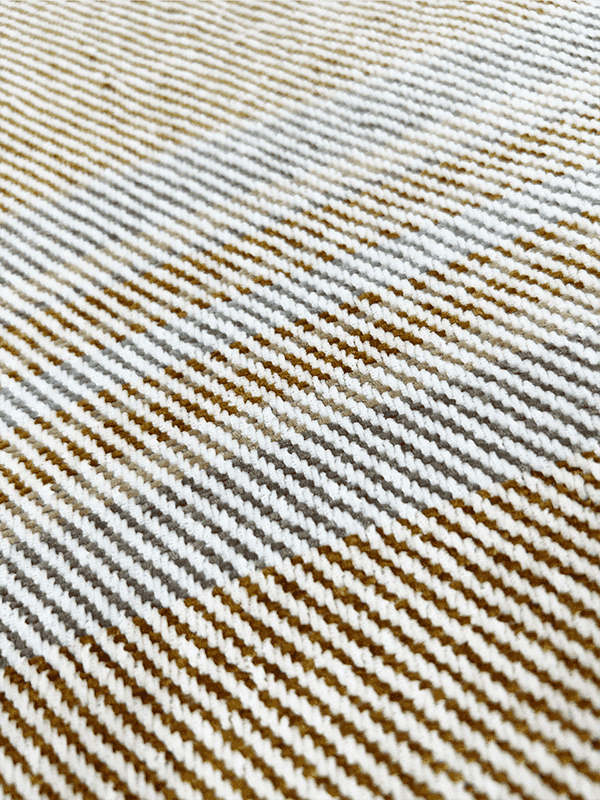Home textile fabric plays a crucial role in transforming living spaces into comfortable, inviting, and stylish environments. From bed linens and curtains to rugs and upholstery, the choice of fabric can significantly impact the functionality, appearance, and overall ambiance of a home. But what exactly defines home textile fabric, and why is it so important? Let’s delve into the world of home textiles, exploring their types, benefits, and how they contribute to creating beautiful and functional living spaces.
Common examples of home textile fabrics include cotton, linen, polyester, wool, silk, and blends that combine the best qualities of natural and synthetic fibers. Each type of fabric offers unique characteristics that cater to specific needs, from softness and breathability to stain resistance and ease of maintenance.
Cotton :
Cotton is one of the most popular choices for home textiles due to its softness, breathability, and affordability. It's commonly used for bed sheets, towels, and curtains because it feels comfortable against the skin and allows air circulation.
Linen :
Known for its natural texture and cooling properties, linen is ideal for summer bedding, tablecloths, and decorative throws. While it wrinkles easily, linen adds a sophisticated, rustic charm to any space.
Polyester :
Polyester is a durable, low-maintenance synthetic fabric often blended with natural fibers to enhance strength and wrinkle resistance. It’s widely used in upholstery, curtains, and cushion covers.
Wool :
Wool provides excellent insulation and is perfect for winter blankets, rugs, and carpets. Its natural ability to regulate temperature makes it a great choice for cold climates.
Silk :
Silk brings luxury and elegance to home textiles, particularly in drapes, pillowcases, and decorative accents. Though delicate, silk has a lustrous sheen that elevates any room's aesthetics.
Blends :
Fabric blends combine the advantages of different materials. For example, cotton-polyester blends offer the softness of cotton with the durability of polyester, making them versatile options for everyday use.
Enhancing Comfort :
The primary purpose of home textiles is to create a cozy and welcoming atmosphere. Soft, high-quality fabrics like cotton and microfiber ensure maximum comfort, whether you're lounging on the couch or sleeping under a warm blanket.
Improving Aesthetics :
Fabrics play a significant role in defining the style and personality of a home. Whether you prefer minimalist designs, vibrant patterns, or luxurious textures, there’s a home textile fabric to match every taste and decor theme.

Providing Functionality :
Different fabrics serve distinct purposes within the home. For instance, waterproof vinyl is ideal for kitchen chair cushions, while flame-retardant materials are essential for certain upholstery projects.
Promoting Sustainability :
With growing awareness about environmental issues, many manufacturers now focus on producing eco-friendly home textile fabrics made from organic cotton, recycled fibers, or biodegradable materials. Choosing sustainable options helps reduce your carbon footprint.
Factors to Consider When Selecting Home Textile Fabrics
When shopping for home textile fabrics, consider the following factors:
Purpose : Determine the intended use of the fabric (e.g., bedding, curtains, upholstery) to select the appropriate material.
Durability : Opt for long-lasting fabrics if the item will be subject to heavy use or frequent cleaning.
Care Instructions : Check whether the fabric requires special care, such as dry cleaning or handwashing, to decide if it fits your lifestyle.
Budget : High-end fabrics like silk and cashmere come at a premium price, while affordable alternatives like polyester provide value without compromising quality.
Environmental Impact : Look for sustainable options if reducing your ecological footprint is a priority.
Trends in Home Textile Fabrics
The home textile industry is constantly evolving, driven by changing consumer preferences and technological advancements. Some current trends include:
Smart Fabrics : Incorporating technology into textiles, such as temperature-regulating fibers or antimicrobial coatings, enhances functionality.
Natural Dyes : Using plant-based dyes instead of synthetic chemicals promotes sustainability and health-conscious living.
Bold Patterns : Geometric prints, abstract designs, and ethnic motifs add visual interest to modern interiors.
Mixed Materials : Combining different textures, such as velvet and linen, creates dynamic contrasts and enriches the sensory experience.

 English
English 中文简体
中文简体 Español
Español عربى
عربى














